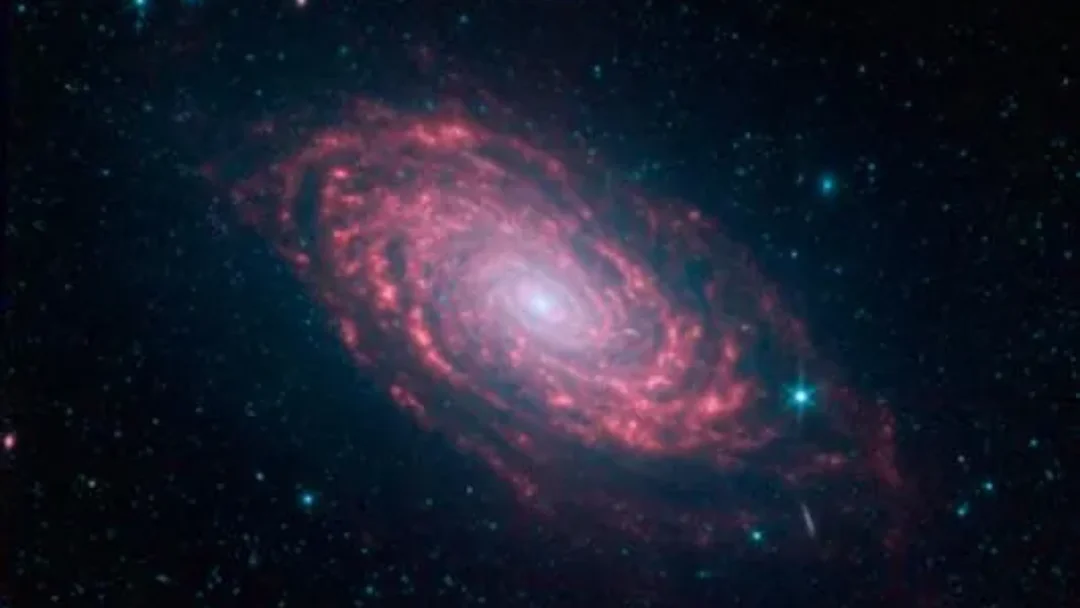
Hubble’s Sunflower Galaxy Portrait Captivates Stargazers and Scientists Alike
The Sunflower Galaxy, also known as Messier 63 (M63), has once again captured the attention of both professional astronomers and amateur stargazers. New high-resolution images from the Hubble Space Telescope, combined with stunning astrophotography from Canadian amateur Ronald Brecher, are offering unprecedented views of this flocculent spiral galaxy.
Located 27 million light-years away in the constellation Canes Venatici, the Sunflower Galaxy gets its name from its resemblance to a sunflower. Unlike symmetrical "grand-design" spiral galaxies, M63's arms are fragmented into feathery clumps of interstellar dust and newborn blue-white stars. This irregular structure makes it a valuable subject for astronomers seeking to understand the processes behind galaxy formation.

The Hubble Space Telescope's latest portrait, unveiled in March 2025, reveals a chromatic patchwork of cobalt arcs, amber lanes, and ruby halos, each indicating different stages of stellar birth and evolution. These observations are helping researchers challenge existing theories about how spiral arms are maintained, exploring alternative mechanisms like stochastic self-propagation of star formation and local gravitational instabilities.
Ronald Brecher, an amateur astrophotographer based in Ontario, Canada, recently captured his own breathtaking image of the Sunflower Galaxy. Using a 14-inch telescope and narrowband filters, Brecher managed to tease out the galaxy's ghost-blue filaments and rusty dust lanes from his backyard observatory, despite suburban light pollution.

According to Brecher, capturing this image took over 13 hours of exposure time using red, green, blue, and hydrogen-alpha filters. He then processed the data using the PixInsight astrophoto editing software. His success underscores the growing synergy between space-based observatories like Hubble and ground-based enthusiasts, each contributing unique perspectives and insights.
The Sunflower Galaxy isn't isolated; it resides within the loose M51 Group and has likely interacted with smaller companion galaxies in the past. These encounters can trigger tidal shocks and compress gas clouds, leading to the formation of new stars. Traces of these gravitational skirmishes can be seen in faint streams of neutral hydrogen extending beyond the visible disk.
The James Webb Space Telescope (JWST) is now poised to further examine the Sunflower Galaxy. Webb's superior infrared sensitivity will allow it to peer into cooler dust cocoons where stars and planetary systems are gestating, potentially revealing how these processes unfold in flocculent spirals. Combining Hubble's optical clarity with Webb's infrared capabilities offers a powerful tool for unraveling the mysteries of galactic evolution.
May is the ideal time to view the Sunflower Galaxy in the Northern Hemisphere. Located between the star Arcturus and Dubhe in the Big Dipper, M63 can be spotted as a faint, oval smudge through modest telescopes.
These images not only provide valuable scientific insights but also remind us of the universe's inherent beauty. Does the intricate structure of the Sunflower Galaxy hold clues to universal patterns? What further secrets will JWST uncover? Share your thoughts and observations in the comments below!